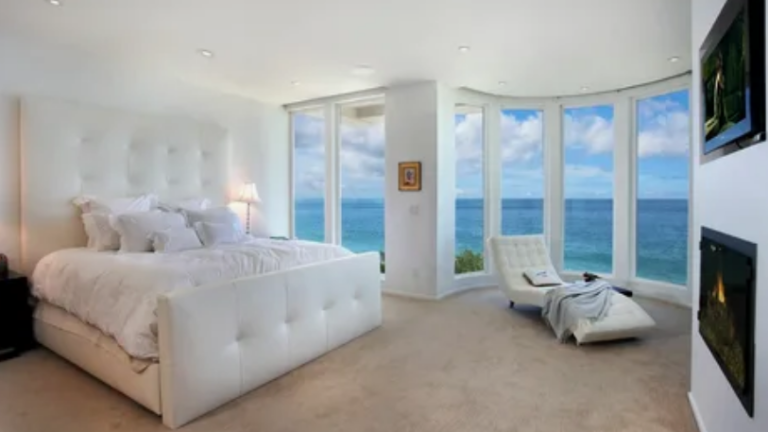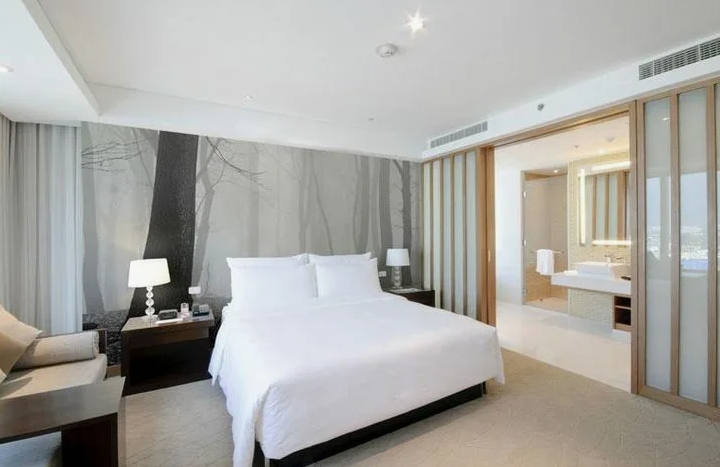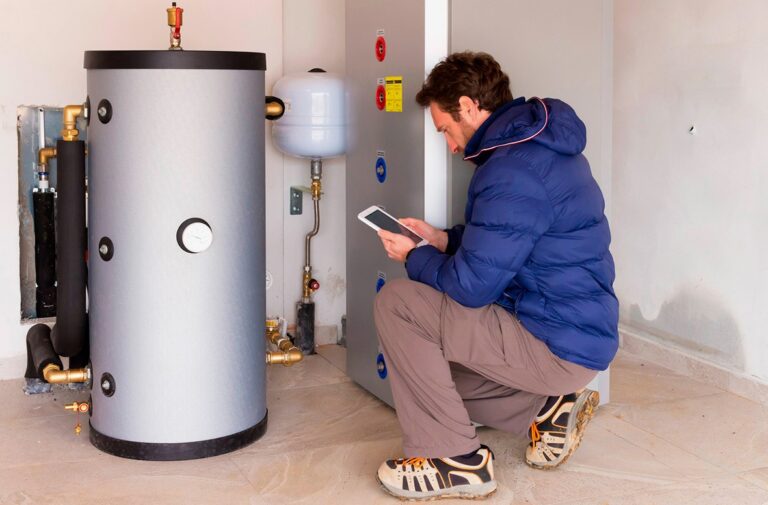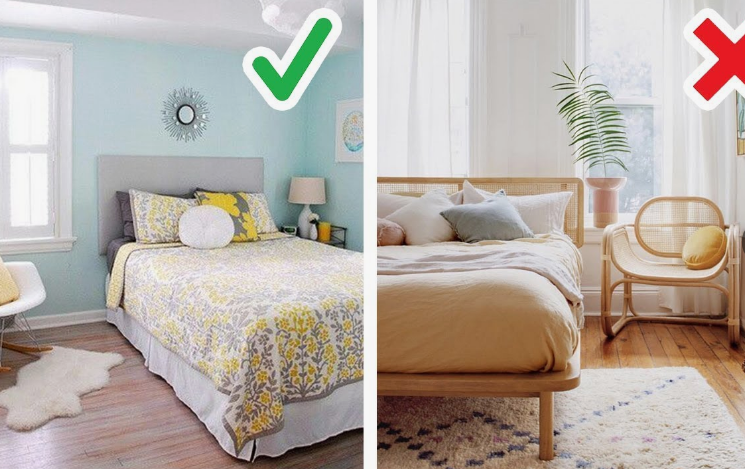Keeping your home cool can feel like an uphill battle when temperatures start to soar. Between sweltering heatwaves and rising energy costs, finding ways to maintain a comfortable indoor temperature while reducing your environmental footprint has become a priority for many. If you’ve considered blackout curtains as a solution, you might be pondering this common question—do blackout curtains keep heat out?
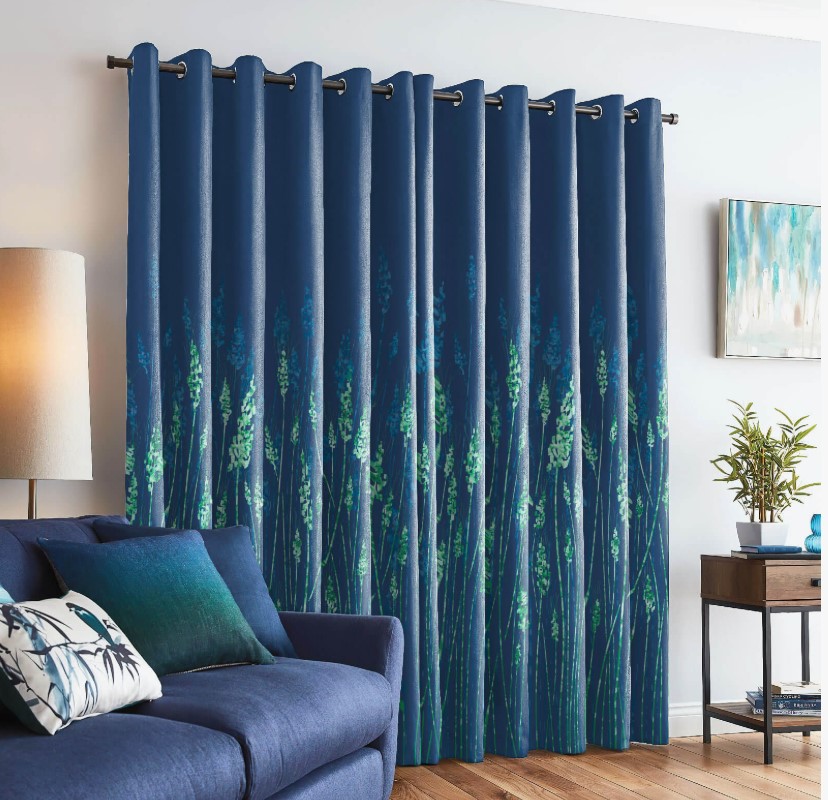
Spoiler alert: They help, but you need more knowledge to maximize their effectiveness. Below, we’ll break down how blackout curtains work, assess their ability to block heat, and share practical guidance to ensure you use them to their full potential. For more ideas, check out our guide on how to cool a room without AC?
Understanding Blackout Curtains
What Are Blackout Curtains?
Blackout curtains are thick, tightly woven drapes designed to block out light. Many feature multiple layers, with one specifically engineered to obstruct sunlight and block UV rays. Unlike their traditional counterparts, these curtains can turn even the brightest room into a near-pitch-black cocoon—a feature coveted by shift workers, light-sensitive sleepers, and home theatre enthusiasts.
How Do They Help With Heat?
Here’s where it gets technical. Blackout curtains do more than block light; they act as an insulative barrier by slowing heat transfer. When sunlight enters through windows, it brings radiant heat, causing interior spaces to warm up. The dense materials in blackout curtains can minimize how much radiant energy is made into your home by reflecting it outward and preventing it from warming the air inside.
Do Blackout Curtains Keep Heat Out?
The Science Behind Heat Transfer
To fully understand how blackout curtains combat heat, it helps to examine the basics of heat transfer. Heat enters your home through windows via three primary modes:
- Radiation (sunlight beaming through glass),
- Conduction (heat transferring through window panes) and
- Convection (hot air circulating near windows).
Blackout curtains mainly address radiant heat by reflecting sunlight and absorbing some of it before it enters your living space. High-quality options with reflective linings also improve conduction resistance, adding an extra insulation layer.
Real-Life Impact and Studies
But how effective are they? Studies show that properly installed blackout curtains can reduce heat gain in a room by up to 25%, making them a game-changer during scorching summer months. Anecdotal feedback from homeowners also supports these findings. Many report noticeable drops in temperature—especially when blackout curtains are paired with other heat-blocking solutions, like double-glazed windows or weatherstripping.
While they won’t replace an air conditioner on the hottest days, blackout curtains can significantly reduce your reliance on cooling systems, helping you save money (and the planet).
Other Benefits of Blackout Curtains
Enhanced Privacy and Sleep Quality
Blackout curtains offer unparalleled privacy by shielding your home from prying eyes, making them ideal for nighttime scenarios in urban areas. Additionally, their light-blocking capabilities promote better sleep quality, as your body produces more melatonin—the sleep hormone—in darker environments.
Reduced Energy Costs
By helping to maintain a cooler indoor temperature, blackout curtains reduce the need for constant air conditioning. This lowers your electricity bill and reduces carbon emissions, making them a win-win for your wallet and the environment.
Protecting Furniture and Floors
Sunlight doesn’t just make rooms feel warmer—it can also fade furniture, carpets, and hardwood floors over time. Blackout curtains help preserve the longevity of your interiors by shielding them from harsh UV exposure.
Choosing the Right Blackout Curtains
Not all blackout curtains are created equal. Here’s what to look for when choosing the perfect set for your home:
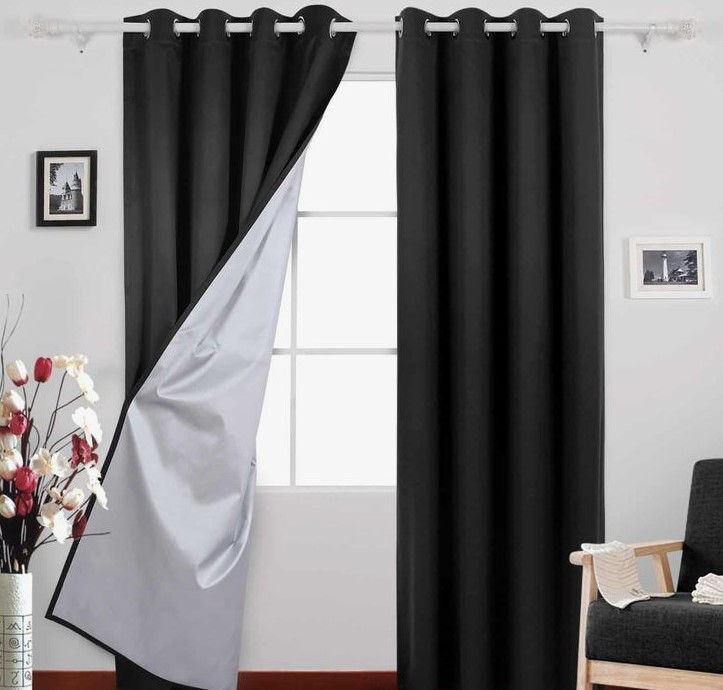
Fabric Type
Opt for curtains made from thick, multilayered materials. Fabrics with a thermal lining, such as triple-weave polyester, perform exceptionally well at blocking light and heat.
Color Matters
Dark-coloured curtains absorb more heat, while lighter colours with reflective linings are better at deflecting it. Consider the climate in your area when deciding on a colour.
Size and Fit
For best results, select curtains extending well beyond your window frame’s edges. Ideally, they should hang from the ceiling to the floor and overlap the window width to seal out as much sunlight and air as possible.
Ease of Installation
Look for options that are easy to install and maintain. Many blackout curtains are now compatible with curtain rods or rails, allowing for hassle-free setup.
Design
Blackout curtains are available in various styles and patterns, so you don’t have to sacrifice aesthetic appeal for functionality. Choose a design that complements your home decor.
Tips for Maximizing the Heat-Blocking Effect
To get the most out of your blackout curtains, try these expert tips:
Close Them Before the Heat Peaks
Close your curtains during peak sunlight hours, typically midday to early afternoon. This will prevent heat from entering in the first place.
Seal Gaps Around Your Windows
Pair your blackout curtains with other heat-reducing solutions, such as weatherstripping or reflective window film, to block additional heat.
Layer With Sheer Curtains
For added versatility, install sheer curtains underneath your blackout ones. This lets you control the light and heat entering your home throughout the day.
Ventilate at Night
Once the outside temperature cools in the evening, open your curtains and windows to release trapped heat and invite fresh air inside.
Consider Motorized Options
Motorized blackout curtains are a great choice if you want automated, schedule-based control—ensuring your windows stay covered during the hottest hours without you lifting a finger.
Keep Cool and Save Energy With Blackout Curtains
Whether you’re trying to beat the summer heat, save on energy costs, or enjoy a better night’s sleep, blackout curtains are an innovative and sustainable investment. By blocking heat transfer and boosting indoor comfort, they help homeowners and renters alike create more energy-efficient spaces without breaking the bank.
Still, to maximize the benefits of these magical panels, choose high-quality options and follow the tips shared above. For extra protection, consider pairing your curtains with other heat-reducing strategies to create the ultimate summer-proof home.
Thinking about upgrading yours? Start exploring your options now and move toward more extraordinary, comfortable living.
Do thermal blackout curtains keep heat out?
Thermal blackout curtains effectively block heat by using insulating layers and reflective coatings to prevent heat transfer, reducing energy costs, noise, and UV damage.
Do curtains block heat?
Yes, curtains, especially those with heavy or dense fabrics, block heat by reducing solar heat gain and providing insulation. Thermal or blackout properties enhance their effectiveness.
Do dark curtains help with heat control?
Dark curtains absorb sunlight, reducing heat entering a room. When paired with thermal linings, they become more effective in blocking solar heat while improving privacy and controlling light.
How do curtains reduce sound?
Curtains reduce sound by absorbing sound waves, blocking external noise, and minimizing echoes. Heavier, multilayered materials, such as soundproof curtains, enhance their sound-dampening capabilities.
Can blackout curtains block heat?
Blackout curtains significantly block heat by preventing sunlight and using insulating layers, reducing heat transfer while ensuring energy savings and comfort.

